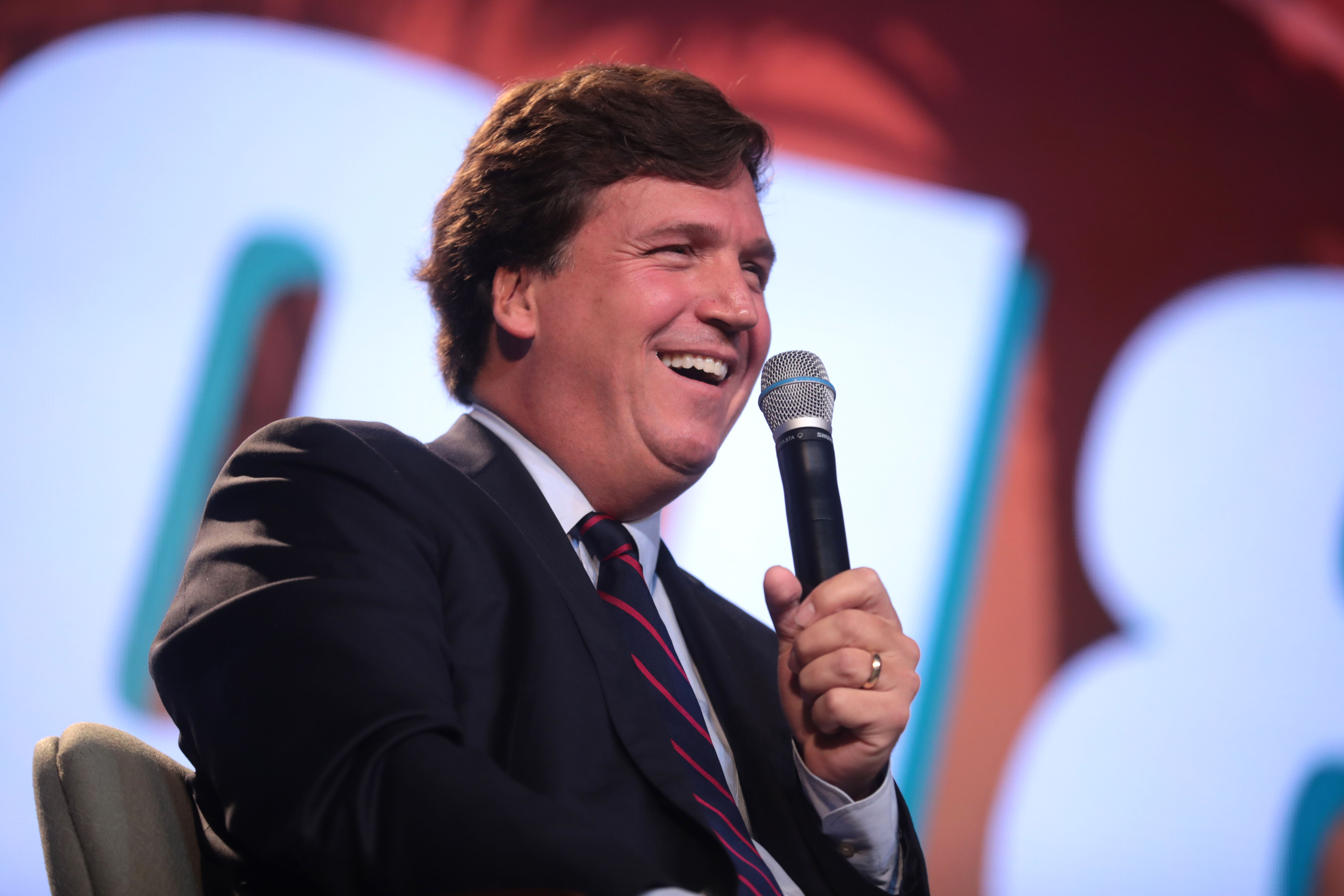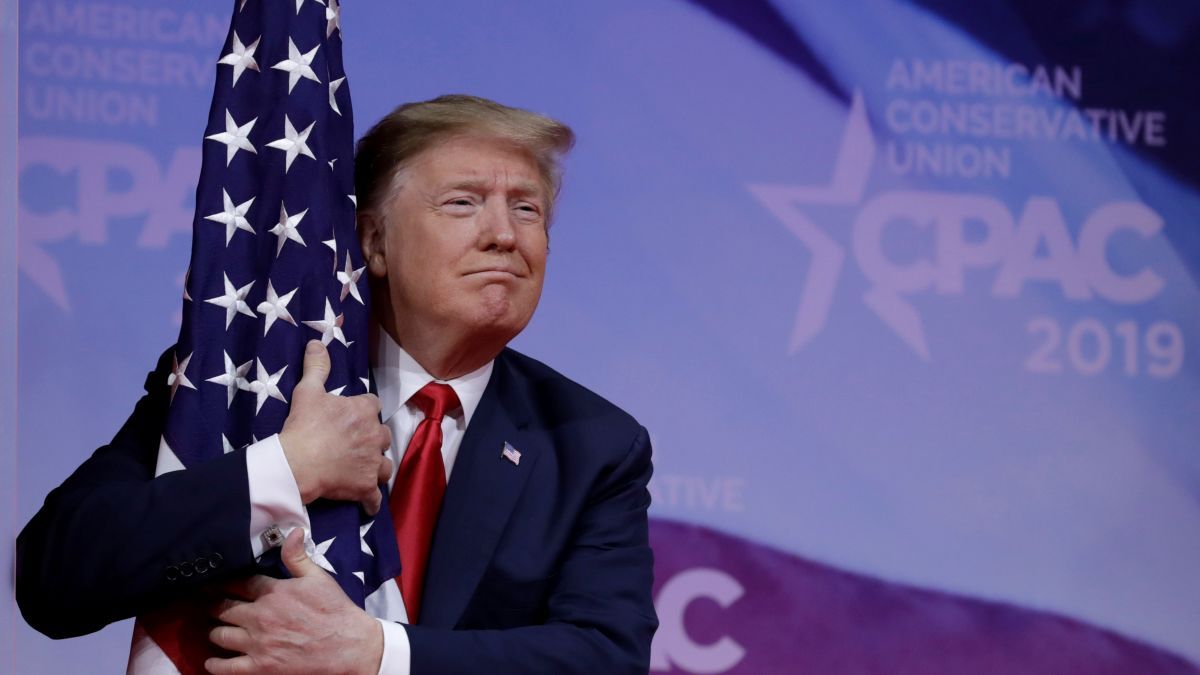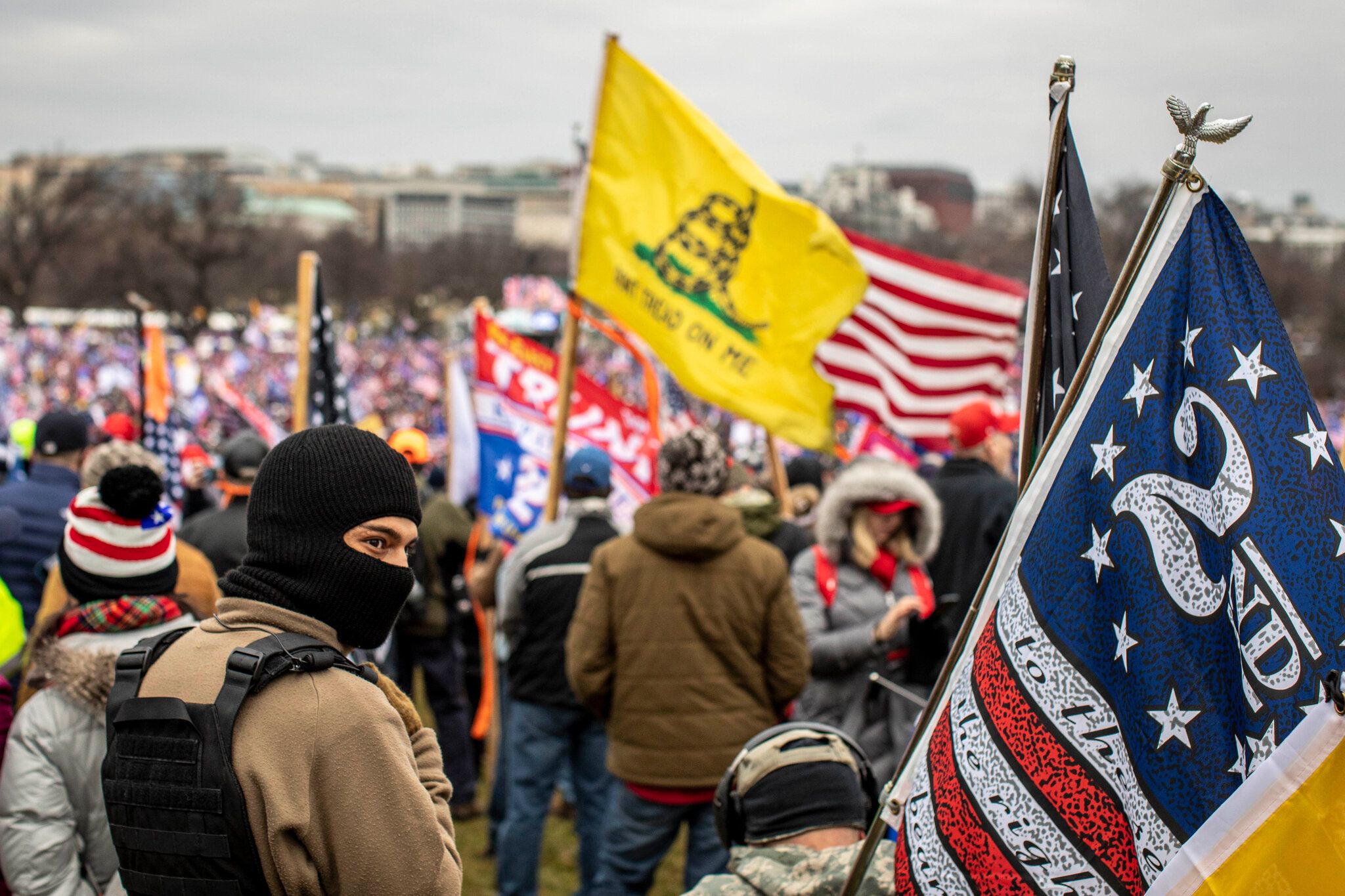by Dan Barkhuff, MD
In January 1973, the last conscripts were drafted by the United States of America into military service. The day had been long coming. Richard Nixon had promised to end the draft in his initial successful campaign for the Presidency in 1968, feeling it would deprive the left of one of its most powerful political issues in mobilizing the youth vote. Nixon, in turn, was persuaded to back it as a matter of policy after reading a paper written by Martin Anderson of Columbia University in 1967. Anderson’s argument was twofold: the military would be more effective if it were all-volunteer, and the economic burden of doing so would be sustainable. Consideration of transition to an all-volunteer force was almost entirely limited to those two issues, without concern for other hypothetical repercussions.
Viewpoints across the political spectrum in the 1960s agreed that the conscription of men, and at the time, they were all men, was a societal moral failing. As the then-chairman of the House Armed Services Committee noted, “despite the fact that the philosophy of conscription is inimical to our basic concept of individual freedom, we as a nation recognize that the alternative can only result in jeopardizing our national security.”
Conscription was an economic decision, and the most effective argument against it was economic as well, despite the obvious moral issues involved in forcing young men to “sacrifice two of the most important years of their lives, to risk maiming and death, so that the great majority of the people may pursue their interests safe and secure.” Conscripted soldiers were paid a pittance, and the proponents of the draft thought it prohibitively expensive to pay the individual soldier enough to man the standing army necessary to face down the Soviets at the height of the Cold War, let alone pacify South Vietnam.
A few Cassandras in the national security apparatus raised what, at the time, was thought to be an infinitesimally remote possibility as an objection to an all-volunteer force: the likelihood of a “military takeover” of the Government of the United States. Only 100 years had passed since the abattoirs of Antietam and Chancellorsville, making the idea not that far-fetched. In his paper, Anderson dismissed the issue, noting that “any potential military takeover would almost certainly initiate in the top ranks of the armed forces. And today’s officer corps is already composed solely of volunteer, professional military men.” Essentially, if it were going to happen, the conditions to do so already existed. That ended the argument.
But what if the danger to the Republic wasn’t elite decision-makers but the rise of a culture hostile to democracy?
The beards first started appearing in the early 2000s. As anyone who served in the military in the 20th century can attest, a clean shave was part and parcel with your enlistment contract. Beginning in Boot Camp, where the time allotted to “shit, shower, shave” was deliberately never enough, recruits learned that the demands on their daily time would be unrelenting - but finding time to present a clean-shaven face was non-negotiable. The military archetypes of the time were all clean-shaven; even the special forces characters of John Wayne and Sylvester Stallone had faces as smooth as a baby’s bottom. Only mere weeks before 9/11, HBO premiered the blockbuster mini-series Band of Brothers, a historical drama based on the historian Steven Ambrose’s 1992 book. Both the series and book followed the exploits of Easy Company, a unit of the 101st Airborne, as they fought in every major battle on the Western Front during the Second World War. In the penultimate episode, where Easy is surrounded at Bastogne during the Battle of the Bulge in sub-zero frozen foxholes, the series’ hero Major Dick Winters is seen shaving with cold water in his helmet, the epitome of good order and discipline despite personal hardship.
Within the military, the beards first began appearing amongst special forces (SEALs, Green Berets, and Special Mission Units) in Afghanistan in the early aughts. At the time, it was argued that the locals saw beards as a mark of respect. Whether that was true or not, what was true is that it became a marker of respect within the military. Having a beard on deployment meant you were special, elite. It meant the normal “chickenshit” rules of military life (don’t put your hands in your pockets!) didn’t apply to you because what you were doing was so important or secret that no one could question you. It was an external marker of status (Disclosure: the then 25-year-old author of this paper embraced this aesthetic with open arms in the mid-aughts). Of course, it wasn’t just the beards.
The Special Operations Forces’ cultural aesthetic quickly became mainstream cool, and it sold. Fox News noticed. Simon and Schuster noticed. Hollywood noticed. Healthy young men who, in a different time, would have been drafted into uniform yet harbored no desire to pick up a gun and hump a ruck in the Korengal Valley noticed. “Honoring” the men and women who lost their lives in Anbar Province became as simple as “crushing” a Crossfit workout named after them.
By the late 2000’s one could have a beard, participate in Crossfit “Murph” workouts, shoot steel targets at the range on the weekend, and apply the principles of the “warrior mindset” learned from a podcast on one’s air-conditioned commute up the 405. There wasn’t any guilt about letting others avenge 9/11 if you gave up carbs and unleashed your inner beast. The unspoken implication for young men was that one could acquire all the right stuff to be “apex cool” and hunt Al Zarqawi by embracing and displaying an aesthetic. If you could look the part, put the right bumper sticker on your truck, and plausibly complain about the stopping power of a 5.56 round, your masculinity, and by extension, your courage, was not in doubt.
The aesthetic carried an insidious component, never overtly stated but ultimately ready to seep out into the world: warriors need enemies. For actual operators, these were provided as a part of the deal; transnational terrorists intent on destabilization of allied governments in Iraq, Afghanistan, and elsewhere. Terrorists, real actual terrorists, killed thousands of civilians in America, Spain, France, England, Kenya, and Nigeria. Being “born again hard” was logical and necessary if your immediate future contained a C-17 flight from Virginia Beach to Baghdad International and seven months of service on the “two-way rifle range.” Shooting steel, lifting weights, and wearing body armor made sense if you were a part of that in-group. But the tacti-cool bros? Who were those larpers supposed to be smiting? Social provocateurs from the Drudge Report to Tucker Carlson were ready to provide the enemy through decades of agitprop: other Americans who thought differently.
The poseurs were a new phenomenon, as was the American public’s relationship with wartime service. Draftees and volunteers returning from service in World War 2, Korea, and Vietnam had a different relationship with their experience in the war than Americans returning home from the Global War On Terror. Men then, by and large, removed the uniform and began living their lives as best they could with the means they had. Hanging up the uniform meant an opportunity for a peaceful, largely anonymous existence.
Many men of both the Greatest Generation and the Baby Boomers didn’t join up because they had a burning desire to suit up, strap on some hardware and fight the enemy in places they had never heard of and couldn’t find on a map. The difference between then and now is that the draft removed their choice. They HAD to go to war. American men today do not, and the vast majority exercise their prerogative not to.
If you had been attacked by kamikazes off Okinawa or air assaulted into the A Shau Valley, it wasn’t necessary to preen about in camouflage utilities to posture as a man. When conscription was in place, every 30-year-old on your cul de sac had served as well. Exceptions proved the rule, as the vets who became celebrities out of uniform, like Ted Williams, Jimmy Stuart, and JFK, all had ability-driven success stories where the war became an interesting biographical tidbit but never a defining trait. These men were not interested in peaking when they were 23 and returned home, intent on living out their lives doing something far from digging ditches and firing machine guns. The war was something they wanted and oftentimes did, put behind them, silently carrying the psychological cost of having gone. The Iwo Jima generation didn’t attend rallies dressed in their combat fatigues. It would have been unthinkable. What has changed in contemporary society to lead us to the point where cosplay with the aesthetic and tools of war has become, if not the norm, strikingly commonplace?
Much.
American society in the 1940s dramatically changed, ironically at least in part by the demands of the World War 2 wartime economy itself. Producing 88,000 tanks while 18 million men were in uniform required women to work. To earn paychecks. To get promoted. The social change of the 18th Amendment and the suffragists fought for manifested itself with a co-ed workforce. By the year the planes hit the Towers, women workers had increased from 30% in 1950 to 48% of the American workforce.
The nature of work itself was also changing; jobs traditionally held by men in the manufacturing and agricultural industries shrank as mechanization and computers drove a transition to a service-based economy. With it went not only a livelihood but also a generation of personal identity. The opportunity to slice off your piece of the American dream with the knife of a union card and a membership at the VFW began and continues to dwindle. The tribe so many men of previous generations had invested virtue in was shrinking. What was the new tribe? Where now would these men find kinship that would provide social acceptance and personal emotional gratification?
The other thing that happened, of course, was Facebook. In 2007, at the height of the Iraq surge, Facebook had less than 50 million users in the US. In 2021 that number was 234 million. The explosion of Facebook and all the rival social media apps that followed in its wake (Twitter, Instagram) became, for many men, the tribe that replaced the union card. It was breathtakingly easy to fly one’s flag of outward masculinity through photographs, likes, and online rants. The algorithms were optimized to keep you online, keep you clicking, keep you liking, and keep you angry.
As the online culture grew, its own norms and values became tribelike. Returning servicemen and women, who had in many cases seen actual combat, were warmly welcomed into the online universe. For many, when faced with the boredom and inevitable letdown of taking off their uniform for the last time, these tribes had huge appeal. The two forces: changing roles of men in a society that was largely safe from physical danger and the preeminence of unaccountable online activity collided into a tidal wave of Daniel Defense, beards, body armor, online threats, and the unstated corollary that anyone with a credit card and an insecurity could have been a breacher loaded for bear in Al Anbar Province. These social insecurities and the narcissism of being a hitherto unnoticed “great man” coalesced into the Proud Boys, January 6th, and the weekly domestic mass shootings of perceived enemies. It led to kidnap plots of governors and truck bombs on Christmas mornings.
It was and continues to be the perfect storm.
The lionization of military service, the military aesthetic, and military weapons in the vacuum of civilian online existence is the most salient threat to the Republic since the Civil War. Military fetishization, absent military culture, military command and control, and military accountability is a dangerous virus to let loose in any society, but especially one immersed in the narcissistic chaos of today’s online existence. It’s especially dangerous when the movement includes veterans of recent conflict fought by volunteers to offer credibility to the cause and undue confidence to the members. The ultimate blinking red light of danger signal is that moment the hyper-militarized non-military collides with the conspiracy culture. The algorithms brought them together and generate non-stop anger, keeping the user tuned in. It’s all completely unprecedented.
Despite the newness of the crisis, all the elements of 1933 Germany can be found in American society today. There are financiers like Peter Thiel. There is a massive and growing propaganda arm in Fox News and Newsmax. There is an outgroup of non-native immigrants to blame for real and imagined economic and cultural woes, along with domestic opposition framing them as enemies. There is a political party with authoritarian tendencies happy to make anti-democratic changes to the rules in order to ensure permanent disenfranchisement and a perpetual competitive advantage.
There are martyrs like Ashli Babbit and, to an extent, Kyle Rittenhouse.
And there are shock troops led by veterans of an expeditionary war.
The Trump administration tried the top-down approach about which Anderson expressed fear in his paper. He rightly worried about the outcome when that approach was used to destroy American democracy and neuter our democratic institutions. It didn’t work for Trump, and Anderson was wrong about the nature of the challenges facing a democracy with an all-volunteer military. Our institutions held. The generals feared by Anderson, either through effect, covert communications, or ESP, let it be known to Trump that the military would not be taking part in any anti-democratic attempts to stay in power. The brownshirts did their best on the steps of the Capitol, but it wasn’t to be. A few thousand angry, for the most part unarmed, untrained, and out-of-breath middle-aged men and women unencumbered by military discipline, organization, or tactics were not going to get it done. On that day, at least. But the ultra-right quickly saw the real value of January 6h and fed it almost immediately into the culture war mill.
Americans in no way, shape, or form want a draft to military service. Full stop. Nor is it needed to meet national security needs. While the recruiting cycle for men and women fluctuates from year to year, influenced by military commitments abroad and economic conditions at home, it is inaccurate to suggest that the goals of the all-volunteer force are not being consistently met. But winning wars is not the only effect of an institution that scoops up millions of young men at the point in their lives where they are most undisciplined and incapable of recognizing the appropriate uses of violence. The young men posing online in self-purchased body armor with weapons of war are not a problem that is going to fix itself until we as a society honestly ask ourselves how we deal with the danger of a generation of lost men infatuated with violence and warfare who, without a platoon sergeant and the Uniform Code of Military Justice is left to make sense of how and when to use violence on their own.
Boys want to become men more than anything. Teens and young men are there, with or without a draft, to take action in ways that benefit our society or for its malevolent forces to exploit.



